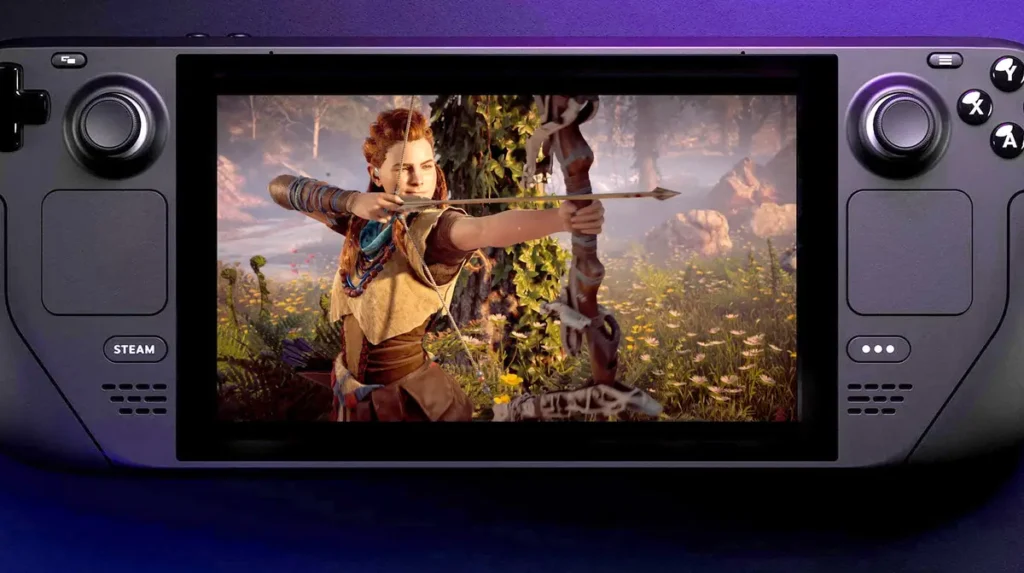The gaming industry is on a relentless march toward higher resolutions and framerates, pushing the boundaries of what consoles and PCs can achieve. The latest example of this trend is the $700 PS5 Pro, a console that promises to elevate gaming experiences to new heights of graphical fidelity. But as we bask in the glow of 4K resolutions and potentially silky-smooth framerates, it’s worth asking: at what cost? The hardware needed to achieve these graphical benchmarks is becoming increasingly expensive, not just for manufacturers but also for developers and, ultimately, for consumers.
The High Cost of Graphical Fidelity
The PS5 Pro is positioned as a premium upgrade for gamers who crave the best visual experience. Ya know, people who get frustrated by choosing between very pretty graphics and frame rates and slightly less pretty graphics and frame rates. However, this comes with a price tag that reflects the sophisticated technology under the hood—advanced GPUs, high-speed SSDs, and cutting-edge cooling systems. These components are essential to delivering the high resolutions and framerates that mwe are TOLD modern gamers now expect.

But do they? Few games can afford to fully utilize the PS5 Pro’s capabilities. Developing a game that truly takes advantage of such powerful hardware requires a significant investment in time, money, and talent. This has led to a situation where only the biggest studios, with massive budgets and teams, can afford to push the graphical envelope. Even then, many developers are forced to make compromises because the spread of hardware capabilities is so vast across devices.
Why So Few Games Can Afford to Push the Limits
The financial barrier to developing graphically intensive games is enormous. To create a game that can run at 4K and maintain a high framerate, developers need to invest in top-tier artists, advanced rendering technologies, and extensive optimization processes. This investment is not just in terms of money but also in time, which often leads to extended development cycles and, in some cases, project delays.
Think of it this way, each asset has to be 4k perfect. It has to render quickly. The physics need to be perfect. It also needs to support lower resolutions. AI needs to be amazing. It has to handle multiple 4k effects like particles.
Smaller studios, indie developers, and even some mid-sized companies simply cannot afford to chase these high graphical standards. This is why many new releases don’t push the hardware to its limits, instead opting for more stylized or artistically distinct graphics that are less demanding. It’s also why benchmark videos on platforms like YouTube often feature the same old games—titles like “Red Dead Redemption 2” or “Cyberpunk 2077″—because so few new releases can offer a comparable test of a system’s graphical prowess.
The Appeal of Lifestyle Gaming
While the push for better graphics continues, it’s clear that not all gamers are onboard. The success of the Nintendo Switch and the rise of portable PCs like the Steam Deck illustrate a shift in consumer priorities. These devices don’t prioritize cutting-edge graphics; instead, they focus on convenience, portability, and a more relaxed gaming experience.

That’s not to say that these ‘compromised’ versions are the best way to play in the same way that watching a blockbuster movie on Netflix is not better than watching it on a huge IMAX screen with surround sound. It’s just that one is a treat and the other is more accessible.
Gamers are increasingly making lifestyle choices that prioritize how and where they play over the raw fidelity of the games themselves. The Switch, for example, offers a unique hybrid model that allows for both docked and handheld play, catering to gamers who value flexibility. The Steam Deck, on the other hand, brings a PC gaming experience on the go, providing access to a vast library of games without the need for high-end graphics cards and CPUs.
These trends suggest that, for many players, gameplay, accessibility, and the freedom to play anywhere trump the need for ultra-realistic graphics. This shift poses a significant question for the industry: can it continue to invest in the pursuit of higher resolutions and framerates when a significant portion of its audience is choosing devices that prioritize convenience over graphical power?
Can the Industry Afford the March for Higher Resolutions and Framerates?
The ongoing arms race for better graphics is not just a question of technological advancement; it’s also a matter of financial sustainability. As hardware costs continue to rise, so too do the costs of developing games that can take full advantage of that hardware. For consumers, the price of entry is becoming prohibitively high, with consoles like the PS5 Pro and high-end gaming PCs requiring significant investment.
This raises important questions about the future of the gaming industry. Can it afford to keep pushing for better graphics when the returns are not guaranteed? Are gamers willing to continue paying a premium for incremental improvements in visual fidelity? And, perhaps most critically, is there a point where the pursuit of better graphics stops adding meaningful value to the gaming experience?

We’d argue not. Take for example the heavily rumoured Horizon: Zero Dawn remaster for PS5. A 2017 game that runs perfectly on PS5. The game still looks amazing. Sure, it doesn’t look quite as good as its sequel but we are talking incremental advancements here. But playing both, if you told consumers they were both current gen games, a silent majority wouldn’t question it. We aren’t talking the same leap from PS2 to PS3 or even PS3 to PS4 era advances. Plus, to truly notice, you need a great TV or monitor and other gadgets to really feel it.
Conclusion
The $700 PS5 Pro is a testament to the industry’s commitment to pushing graphical fidelity to new heights. However, it’s also a symbol of the unsustainable costs associated with this pursuit. While a subset of gamers will always seek out the highest possible resolutions and framerates, the broader market is increasingly looking for experiences that fit their lifestyle rather than ones that max out their hardware.
As the industry moves forward, it will need to balance the desire for cutting-edge visuals with the need to create affordable, accessible experiences. This might mean embracing more scalable graphics technologies, focusing on optimization rather than raw power, or investing in art styles that don’t require the latest hardware to shine.
Ultimately, the question isn’t just whether we can achieve higher resolutions and framerates—it’s whether we should. If the cost of graphical fidelity continues to rise, both developers and consumers may find that the price of progress is simply too high to pay.
And if you enjoyed this content (first of all thank you), you may find more to like over at our YouTube and Twitch! Or if you want to shoot the shit with us, feel free to join us on Discord or say hello on Facebook (We know, we’re old), Instagram, or Twitter-X. Check out our other articles here

